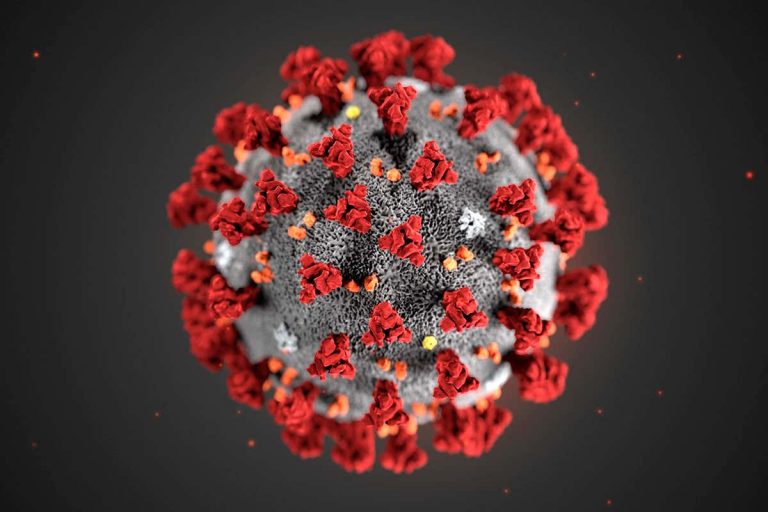
In late 2019, a novel virus emerged in Wuhan, China, sending shockwaves across the globe. This virus, later named SARS-CoV-2, is responsible for the COVID-19 pandemic, which has reshaped the way we live, work, and interact. In this article, we’ll delve into the origins, impact, and preventive measures associated with COVID-19.
Origins and Spread:
COVID-19 is caused by the SARS-CoV-2 virus, a member of the coronavirus family. It primarily spreads through respiratory droplets, making close contact and indoor gatherings high-risk scenarios. The virus quickly traveled beyond China’s borders, leading to widespread outbreaks.
Symptoms and Severity:
COVID-19 symptoms can range from mild to severe, with fever, cough, and shortness of breath being common indicators. Severe cases often lead to pneumonia and acute respiratory distress syndrome (ARDS). Elderly individuals and those with pre-existing health conditions are at a higher risk of developing severe symptoms.
Global Impact:
The pandemic’s impact extends beyond health concerns. Economies worldwide have been disrupted due to lockdowns, travel restrictions, and supply chain interruptions. The healthcare system faced unprecedented challenges, with hospitals strained by surges in patients. Educational institutions shifted to online learning, and remote work became the norm for many.
Preventive Measures:
Preventing the spread of COVID-19 involves a combination of personal responsibility and collective action. Basic practices like frequent handwashing, wearing masks, and maintaining physical distance can significantly reduce transmission. Vaccination campaigns have also played a vital role in controlling the virus’s spread and reducing the severity of illness.
The Role of Science:
The rapid development of COVID-19 vaccines showcased the power of scientific collaboration. Researchers worldwide worked tirelessly to understand the virus’s genetic makeup and develop effective vaccines in record time. This monumental achievement paved the way for hope and a potential end to the pandemic.
Looking Ahead:
While vaccines offer a glimmer of hope, challenges remain. Variants of the virus continue to emerge, potentially impacting vaccine efficacy. Continued vigilance and adaptability will be crucial in managing and mitigating the virus’s effects in the long term.
.
Variants and Evolution:
As SARS-CoV-2 spreads, it occasionally mutates, giving rise to new variants. Some variants have raised concerns due to their increased transmissibility or potential to partially evade immunity from prior infections or vaccinations. Scientists closely monitor these variants to ensure that vaccines and treatments remain effective.
Vaccination Efforts:
Vaccination has emerged as a critical tool in controlling the pandemic. Several vaccines, including Pfizer-BioNTech, Moderna, AstraZeneca, and Johnson & Johnson, have been developed and authorized for emergency use. Vaccines not only prevent severe illness but also contribute to building herd immunity, reducing the virus’s overall spread.
Challenges and Disparities:
COVID-19 highlighted existing inequalities in healthcare access and outcomes. Vulnerable populations, including minority groups and low-income individuals, were disproportionately affected by the virus. Addressing these disparities requires a multifaceted approach that encompasses healthcare infrastructure, education, and socioeconomic support.
Mental Health Implications:
The pandemic’s prolonged nature and associated stressors have taken a toll on mental health. Feelings of isolation, anxiety, and depression have become more prevalent. It’s crucial to acknowledge and address these mental health challenges, offering support through telehealth services, therapy, and community resources.
Global Cooperation:
COVID-19 underscored the importance of global collaboration in combating infectious diseases. International organizations, governments, and healthcare institutions collaborated on research, sharing data, and distributing medical supplies. This united effort demonstrated the necessity of working together to mitigate the impact of a global crisis.
Economic Recovery:
The pandemic brought about economic challenges of unprecedented scale. Governments implemented stimulus packages, unemployment benefits, and business support to mitigate the financial fallout. As economies strive for recovery, discussions about sustainable economic models and preparedness for future crises have gained prominence.
Changing Norms:
The pandemic prompted a paradigm shift in various aspects of society. Remote work and virtual events became commonplace, reshaping the way we view traditional work environments and gatherings. E-commerce and digital services experienced rapid growth, changing consumer behaviors and business strategies.
Educational Landscape:
Education faced significant disruptions as schools and universities closed their physical campuses. Online learning platforms became essential tools, raising discussions about the effectiveness of virtual education and the need for equitable access to quality learning resources.
Resilience and Adaptation:
Communities around the world demonstrated remarkable resilience and adaptability in the face of adversity. Neighborhoods organized mutual aid groups, individuals sewed masks for healthcare workers, and businesses pivoted their operations to produce essential supplies. These acts of kindness and innovation showcased the human capacity to come together during challenging times.
Lessons Learned:
As the world continues to navigate the pandemic, valuable lessons have emerged. Preparedness for global health crises, investment in healthcare infrastructure, and equitable access to medical resources are essential components of a resilient society. The pandemic has underscored the importance of adapting swiftly to changing circumstances while prioritizing the health and well-being of individuals.
Symptoms Of Covid 19:
Loss of Taste or Smell:
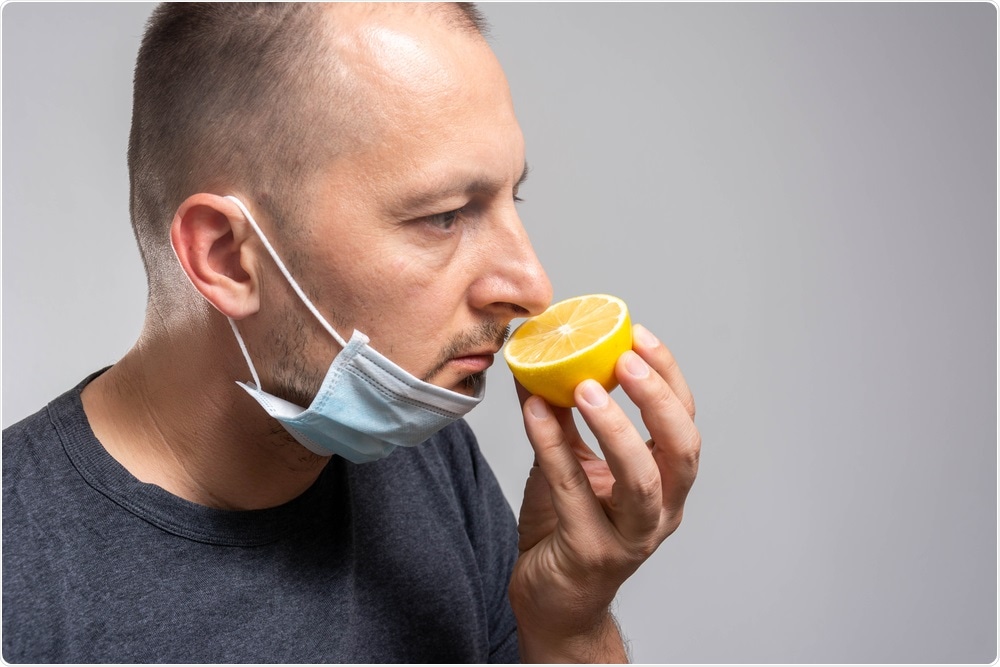
An abrupt loss of taste and smell, known as anosmia, is a distinct symptom of COVID-19. This symptom often occurs early in the course of the infection.
Sore Throat:

Many COVID-19 patients report having a sore or scratchy throat, which can sometimes be mistaken for a common cold symptom.
Muscle or Body Aches:

Muscle pain, body aches, and general discomfort can be symptoms of COVID-19, often described as similar to the sensation experienced during the flu.
Fatigue:

Profound tiredness or fatigue can linger for weeks after other symptoms have subsided. Some individuals experience extreme exhaustion even with mild symptoms.
Headache:

Persistent and intense headaches have been reported by some COVID-19 patients. These headaches can range from mild to severe.
Chills and Rigors:

Cold chills or rigors, which are bouts of uncontrollable shaking or shivering, can accompany fever in COVID-19 cases.
Congestion or Runny Nose:

While less common, some individuals with COVID-19 may experience nasal congestion or a runny nose, resembling mild cold symptoms.
Nausea and Vomiting:

Gastrointestinal symptoms such as nausea, vomiting, and diarrhea have been reported in some COVID-19 cases, particularly in children.
Skin Rashes:

Skin rashe or other dermatological changes have been documented as possible indicators of COVID-19. These can range from mild to severe and may appear different from person to person.
Eye Symptoms:
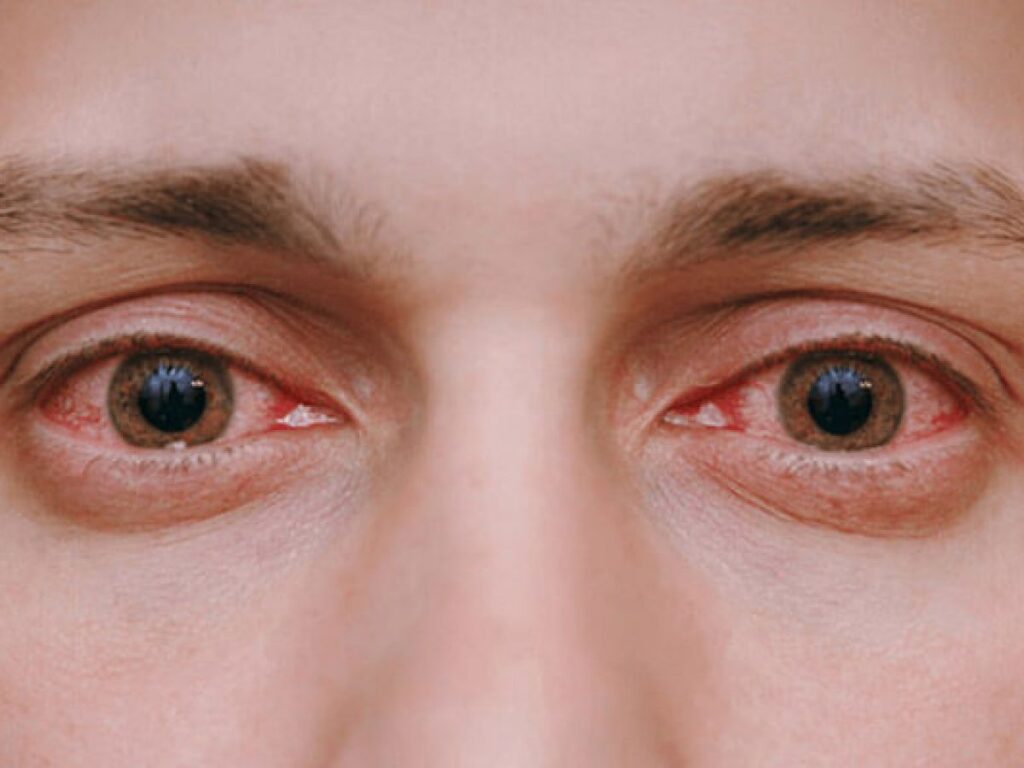
Conjunctivitis (pink eye) has been reported as a rare symptom of COVID-19. Redness, irritation, and watery discharge from the eyes can occur.
It’s important to remember that while these symptoms can be associated with COVID-19, they can also be caused by other illnesses or conditions. If you or someone you know experiences any of these symptoms, especially when combined with known risk factors (such as exposure to an infected individual), it’s advisable to seek medical advice and consider getting tested for COVID-19.
As research continues, our understanding of the wide-ranging symptoms of COVID-19 also evolves. Staying informed about the latest updates from trusted health organizations can help individuals make informed decisions about their health and safety.
Precuations Of Covid 19:
Wear Masks:

Wear a mask that covers your nose and mouth when you’re in public settings, especially when it’s difficult to maintain physical distance. Masks help prevent respiratory droplets containing the virus from being spread to others.
Practice Physical Distancing:
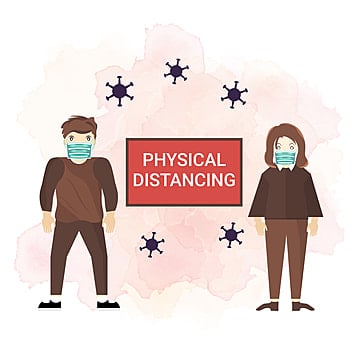
Stay at least 6 feet away from individuals who are not part of your household, especially in crowded places.
Avoid Crowded Places:
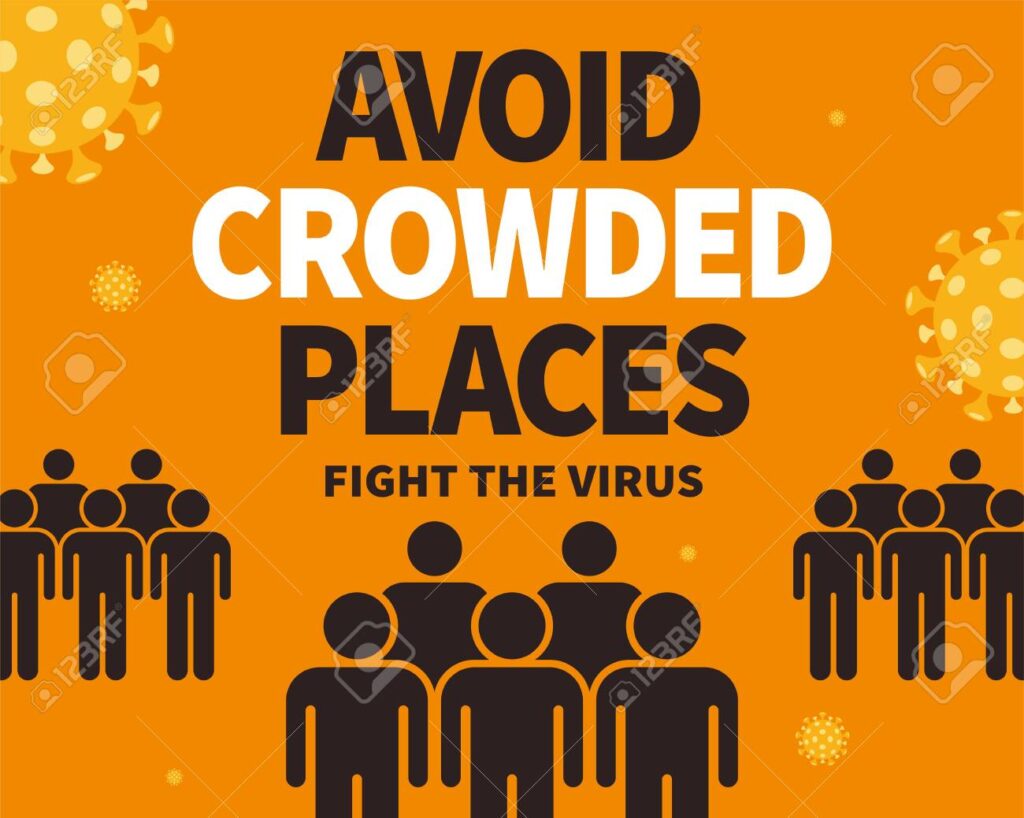
Limit your exposure to large gatherings, crowded events, and areas with high foot traffic, as these situations increase the risk of virus transmission.
Frequent Handwashing:
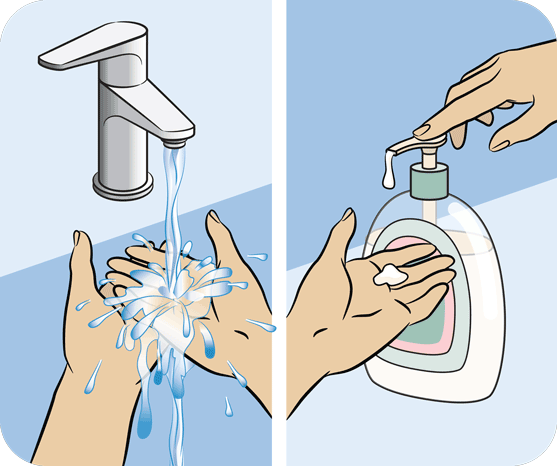
Wash your hands with soap and water for at least 20 seconds, especially after being in public places, touching surfaces, or coughing/sneezing. If soap and water are unavailable, use hand sanitizer with at least 60% alcohol.
Avoid Touching Your Face:
Refrain from touching your eyes, nose, and mouth with unwashed hands, as this can introduce the virus into your body.
Cough and Sneeze Etiquette:
Cover your mouth and nose with a tissue or the inside of your elbow when coughing or sneezing. Dispose of used tissues properly and wash your hands immediately.
Clean and Disinfect:
Regularly clean and disinfect frequently-touched surfaces in your home, such as doorknobs, light switches, and electronic devices.
Ventilation:
Ensure proper ventilation in indoor spaces by opening windows and using fans to increase air circulation. This helps dilute the concentration of viral particles in the air.
Stay Informed:
Stay updated with information from reliable sources such as the World Health Organization (WHO), the Centers for Disease Control and Prevention (CDC), and your local health authorities.
Get Vaccinated:

If eligible, receive the COVID-19 vaccine. Vaccination helps protect you from severe illness and reduces the risk of spreading the virus to others.
Avoid Non-Essential Travel:
Minimize travel, especially to areas with high COVID-19 transmission rates. If you must travel, follow recommended safety guidelines and requirements.
Quarantine and Isolation:
If you are sick or have been exposed to someone with COVID-19, follow quarantine and isolation guidelines provided by health authorities to prevent spreading the virus to others.
Monitor Your Health:
Pay attention to any symptoms you might develop. If you experience symptoms such as fever, cough, or difficulty breathing, seek medical advice and get tested for COVID-19.
Stay Home When Sick:
If you feel unwell or exhibit symptoms, stay home to prevent potentially spreading the virus to others.
Remember that following these precautions not only helps protect yourself but also plays a crucial role in slowing the spread of the virus within communities. As the situation evolves, guidelines may change, so it’s important to stay up-to-date with the latest recommendations from health authorities in your region
Conclusion:
In conclusion, COVID-19 has left an indelible mark on our world, reshaping how we interact, work, and think about health. By understanding its origins, impact, and the collective efforts to combat it, we can learn from the challenges faced and build a stronger, more resilient future.
